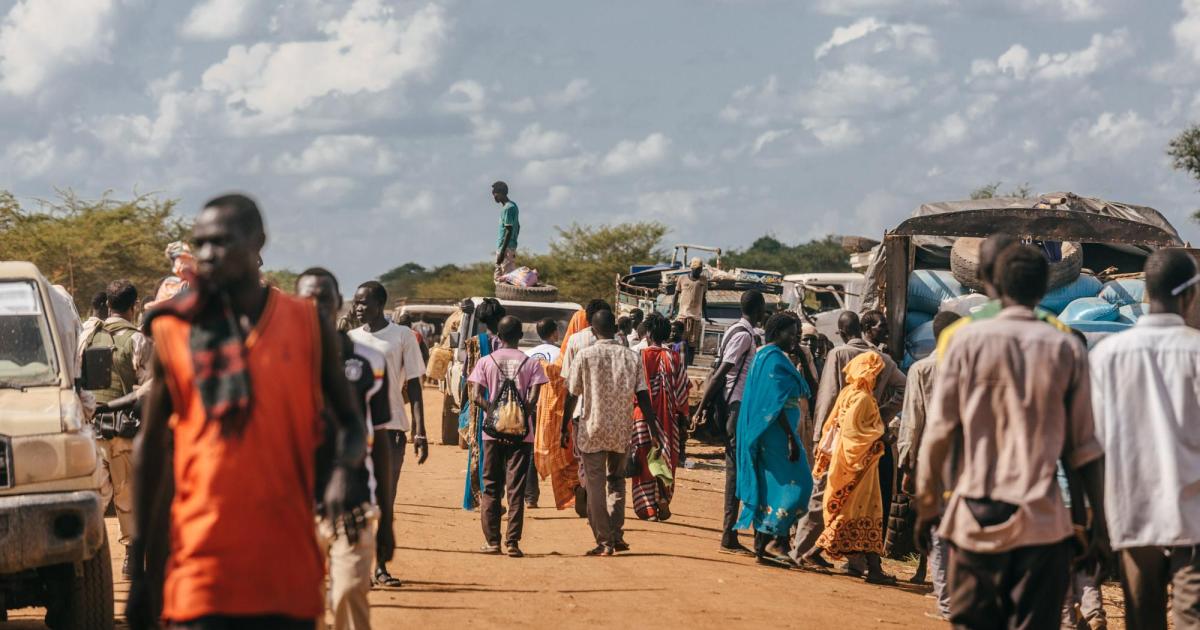Conflict and violence remained the main drivers of record internal displacement and movements of people in sub-Saharan Africa in 2022, exacerbated by increasing climate shocks and hazards, according to a new report by the International Organization for Migration (IOM).
The report, launched recently by the IOM and the African Union Commission (AUC), highlights that migration primarily occurs within the African continent, rather than beyond its borders. Entitled ‘Connecting the Threads: Linking Policy, Practice and the Welfare of the African Migrant,’ the report emphasizes the interlinks between migration drivers in the continent, including economic disparities, political instability, and the impacts of climate change. Therefore, says IOM Director General, Amy Pope, ”we must adopt proactive strategic and innovative approaches to anticipate people’s movements by having early-warning systems in place and finding lasting solutions.”
Contrary to other parts of the world, new conflicts and escalating violence have increased displacement in sub-Saharan Africa where nine million people have been displaced in 2022 while climate shocks led to 7.4 million. Since 2010, the number of migrant workers in Africa has increased by 53%. Migrants from West, Central, Southern, and East Africa predominantly reside in neighboring African nations, highlighting the significance of return migration within Africa, particularly in countries sharing land borders.
Building on the success and lessons drawn from the 1st edition, this 2nd edition of the Africa Migration Report takes a regional approach on migration and human mobility by producing knowledge and analysis that will contribute to the African integration agenda.



